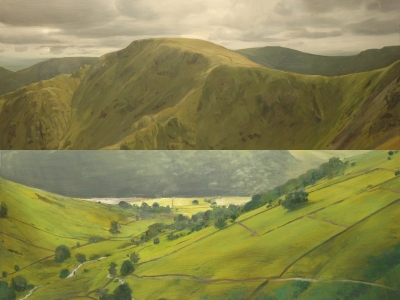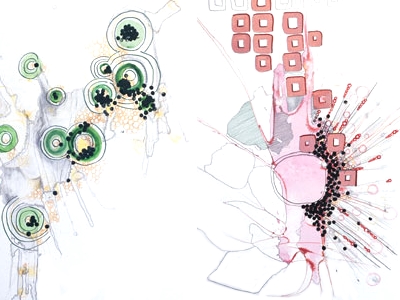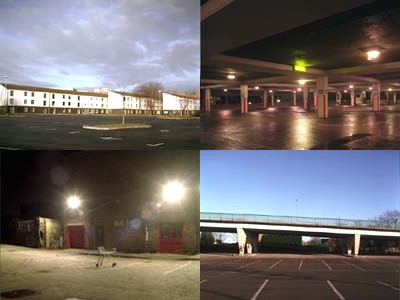Artist's statement:
My interest in fine art painting really developed while at Illustration College at Falmouth School of Art, during a trip to the National Gallery in London. I was taken with a painting by Joseph Wright of Derby.
There was an old tutor on our course that knew all the Old Master techniques from whom I gleaned as much information as I could. After college, I would copy masters such as Titian and Velasquez from books. During this period I was taken on board by ex RA student and practising artist Chris Robinson.
All the while through school, [my] foundation course and up to Illustration College, I'd been resistant to the idea of going down the fine art road. At first, I thought I was going to be a graphic artist, then I was going to be an illustrator. Eventually, my resistance dropped and I fell in love with painting for painting's sake. I was fascinated with what this substance was capable of, the alchemic qualities of it.
Through direct observation, I learned that everything I needed to know was there before me; that there are no secrets. The world we live in is every bit as fantastic as the one we want to live in. The experience of painting direct for me opened the doors of perception (as described by Aldous Huxley). It's like the rocket trip of LSD achieved through one's own efforts. The world would appear as a Fauvist painting after a good day’s painting. It's still like that.
My dedication to landscape fermented while living in Cornwall a second time, from 1997 to 1999. After a brief period in St Ives, I moved to St Just where I shared a house with artist Paul Lewin. It felt to me that there were exciting things going on in landscape painting; it spoke to me of my own life experience.
When I moved back up North, it was with the intention of getting to grips with the landscape I had grown up knowing, namely the Cumbrian Fells. I didn't feel anyone was painting the fells with the vitality I had seen in Cornish painting. Personally, I wanted to develop my own relationship to the fells. I wanted to get through the playground feel of the place to get to something real, and painting to me is a way of engaging with the world and my reality - it's a language, my vocabulary. It's a tool for understanding the abstract nature of everything and to a better understanding of myself.
How is landscape relevant in the contemporary art world?
Anything done with passion and integrity is worthwhile. Whether this is important in the contemporary art world, I don't know. It's difficult for me to say what is of value in the art world today without focusing on too small an area. It's best to pursue your own course without too much regard for what's hip and what's not. You have to go with what you're comfortable with and understand best. It took me a long time to realise and accept that.
What are your main influences?
[My] early painterly influences include Corot, Cézanne and Jean-Baptiste Chardin. More recent interests [of mine] include Kiefer, Kienholz, Polaroid photographs [and] hip-hop. Where do you stop? I try and keep the doors open to all influences. Most recently I've been thinking of the work of a couple of American abstract expressionist painters namely Robert Motherwell and Franz Kline. Really I'm interested in a whole range of stuff that doesn't necessarily relate to landscape painting, that's the way it goes. You take influences on board, then somewhere along the line they seem to have more relevance to your own work than they did previously. Sometimes I look for ways of bringing them into my work but it's best not to force the process - it's much more interesting that way.





